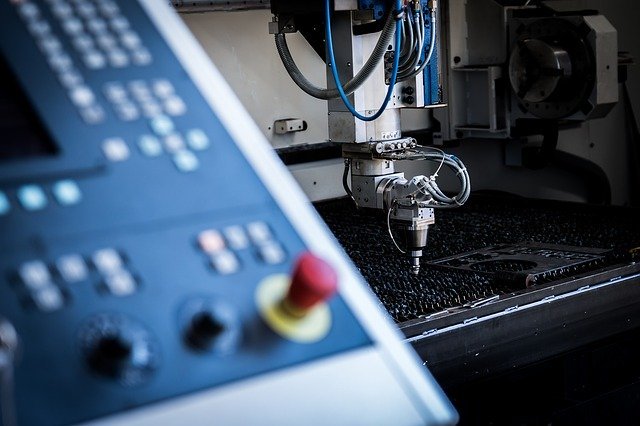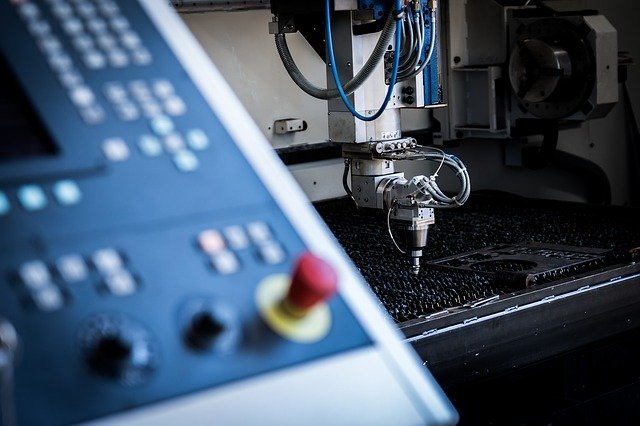
A Primer on 3D Printing and Scanner Machines
3D scanners are an embodiment of what state-of-the-art equipment should be like. They can easily help open up a whole new world of opportunities for you. Imagine what you can do when you can capture anything and almost everything in the natural world, only to have its digital representation or model in minutes.
This is part of our reality today. It helps define what a modern world should be like, just by virtue of using 3D scanning machines and software for us to:
- Produce and reverse CAD representation of actual elements to restore lost parts or product designs, create new ones, or to update what is currently existing in the market.
- Verify product integrity and quality by making a comparative analysis of manufactured parts against computer-aided designs.
- Produce massive custom product items for dentistry, health care, and the fashion industry.
- Scan entire infrastructures like buildings and anything similar to come up with accurately designed 3D models.
3D scanning technology, as good as it may, is not fiction or a figment of the imagination. Advancements and milestones in this area have made it possible for it to become part of our reality. As a matter of fact, bundled software for these pieces of equipment are now made more affordable to a wider reach of people.
3D Printing and Scanners, What are They?
We have many different machines or devices that take on the function of scanners. Any piece of equipment that is capable of taking accurate measurements with the use of x-rays, lights, or lasers, capable of generating polygon meshes or dense cloud points, are qualified and can be lined up as a 3D scanning machine.
These pieces of equipment are known under several different names. They are sometimes referred to as 3D digitizers, white light scanning machines, LIDAR, industrial CT and many more. The common denominator uniting all these devices together is their ability to capture the geometry of an object using tens of thousands of measurements.
Why You Need a 3D Scanning Software?

Since these 3D scanning machines collect a huge volume of data, it is paramount to have in place a dedicated reverse engineering application software that can be used to process the output and turn it into something usable which other application software can also handle.
When it comes to 3D scanning, reverse engineering can be qualified as the most common application for it, as well as digital archiving, inspection and 3D printing. Therefore, it is highly recommended to find a dedicated software application program that will significantly help you in unlocking your 3D scanner’s full potential in terms of speed and ease of use.
3D Scanners, How Do They Work?
With respect to the different kinds of imaging, we have a manifold of 3D scanning approaches. There are technologies that are most ideal for use in short-range scanning, while others would be good or ideal for mid or even long-range scanning.
Laser Triangulation
These scanning machines make use of either a single laser point or a laser line to scan over the surface of an object. A dedicated sensor will pick up the laser light being reflected off the object. And with the help of trigonometric triangulation, the system can make an accurate calculation of the object’s distance from the scanner.
Structured Light
This type of scanning will also utilize trigonometric triangulation. The distinction though can be found in such a way that instead of looking at the laser light, the system is made to project an array of linear patterns onto the object. The edges of each line pattern are examined to make a precise calculation of the scanner’s distance from the surface of the object.
In essence, instead of the camera utilizing a laser line, what it will see instead is the projected pattern’s edge, allowing it to make accurate distance calculation.
Laser Phase-shift
This is a qualified type of time-of-flight 3D scanning technology. They work, conceptually, in a similar way to pulse-based systems. Besides pulsing the laser, these systems are also known to modulate the laser beam power.
As for the scanner, it makes a comparative analysis of the laser phase that is sent out and then returning to the sensor. For reasons that are beyond what we can cover here, we say that it is more precise.
